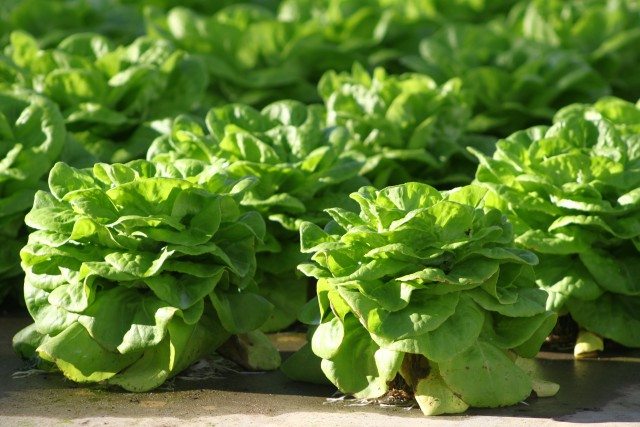Danish consumers can ensure a diet containing fewer pesticide residues by choosing fruit and vegetable items that carry the national flag.
This is the finding of the annual Pesticide Report 2015 from the Danish Veterinary and Food Administration and the National Food Institute, Technical University of Denmark, which shows that Danish crops still generally contain fewer pesticide residues than imported foods.
Danish consumers are able to minimize their intake of pesticide residues by choosing local over imported produced fruit and vegetables.
The Pesticide Report 2015, which has been published by the Danish Veterinary and Food Administration and the National Food Institute, shows that Danish produce still contains fewer pesticide residues than similar imported products.
The National Food Institute emphasizes that pesticide residues in both Danish and imported food products on the Danish market as a whole do not raise health concerns.
However, consumers who want to try to avoid pesticide residues can choose organic products.
Main sources of pesticide intake
In 2015, 2,585 samples were tested for residues of more than 300 pesticides.
Results show that 98% of the samples of conventionally grown, unprocessed fruit, vegetables and cereals contain either no pesticide residues or residues below the maximum residue limit, MRL.
The sampling regime focuses partly on the 25 foods which contribute 95% of Danes’ total pesticide intake and partly on foods which are most likely to contain pesticide residues and where the risk of the MRL being exceeded is greatest.
Test results show that pesticide residues are found more often in samples of conventionally grown fruit (67%) than in samples of conventionally grown vegetables (39%).
Pesticide residues are generally found more often in imported crops than in Danish goods.
As such, pesticides residues have been detected in 52% of the fruit samples of Danish origin, while the figures for fruit from other EU countries and from outside the EU are 69% and 73% respectively.
Pesticide residues have been found in 23% of the vegetable samples of Danish origin, while the figures for vegetables from other EU countries and from outside the EU are 50% and 42% respectively.
Residues from more than one pesticide in the same sample have also been found more frequently in imported fruit and vegetables compared to the tested Danish produce.
In total 31% of the imported samples contained more than one pesticide compared to 10% of the Danish samples.
Few samples exceed the allowable limits
For the fifth year in a row no pesticide residues above the MRL’s have been found in fruit of Danish origin, while the limits have only been exceeded in three (0,9%) of the samples of fruit produced within the EU and in nine (4%) of the samples in fruit produced outside the EU.
In conventionally grown vegetables of Danish origin the MRL’s have been exceeded in two of the samples (0,7%).
In comparison, the figures for conventionally grown vegetables produced within the EU and in countries outside the EU are three samples (0,9%) and 14 samples (6,3%) respectively.
Out of a total of 226 samples of organic foods, pesticide residues have been found in six (2,7%) samples.
In all cases it has been deemed that the use has been either legal or not intentional.
Story by Miriam Meister from the Technical University of Denmark










